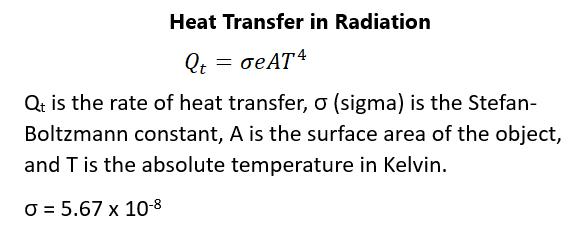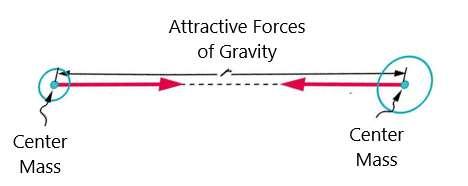In the case of a solenoid, B equals the permeability of free space constant multiplied by the charge and multiplied by the number of loops per unit length. Note again that this is not related to the diameter of the coils or any distance inside the coils as this is uniform. This can be a large magnetic field strength that is utilized by the medical field in magnetic resonance imaging or MRI scanners. Superconducting wires are used so that not a lot of heat is generated by the current necessary to create large magnetic fields.
ELECTROMAGNETISM What is true of magnetic currents and electricity is that it is the change in magnetic field that generates a current and not the absolute value of the magnetic field. If you put a magnetic bar through a circular coil, you will get a galvanometric reading that will change, depending on the rate of change of the bar’s magnetic field within the coil. If the magnetic bar is held stable, there will be no current and no reading on the galvanometer. This ability to cause an emf and a current in a wire is called induction. This leads to the concept of magnetic flux. The magnetic flux is the magnetic field multiplied by the area it is applied to multiplied by the cosine of theta, which is the angle of the field as it is applied to the area. It is greatest when the field is perpendicular to the area. The change in magnetic flux is what produces the EMF. The EMF is directly proportional to the change in flux and inversely proportional to time. The faster the change in flux, the greater will the EMF generated be. If the coil has N turns, the EMF will be N times greater than for a single coil. This leads to an EMF that is N multiplied by the change in flux divided by the change in time. This is called Faraday’s law of induction. The units for EMF are in volts, which is typical for EMF. There is a minus sign in this law because the emf will create a current and a magnetic field that oppose the change in flux. This opposition is laid out in the form of Lenz’s law. Lenz’s law is an example of the conservation of energy. The induced emf produces a current in direct opposition to the change in flux because a change in flux means a change in energy. The energy in the system can enter or leave but there is resistance to that. If Lenz’s law wouldn’t be true, and if the induced EMF were in the same direction
284




































































